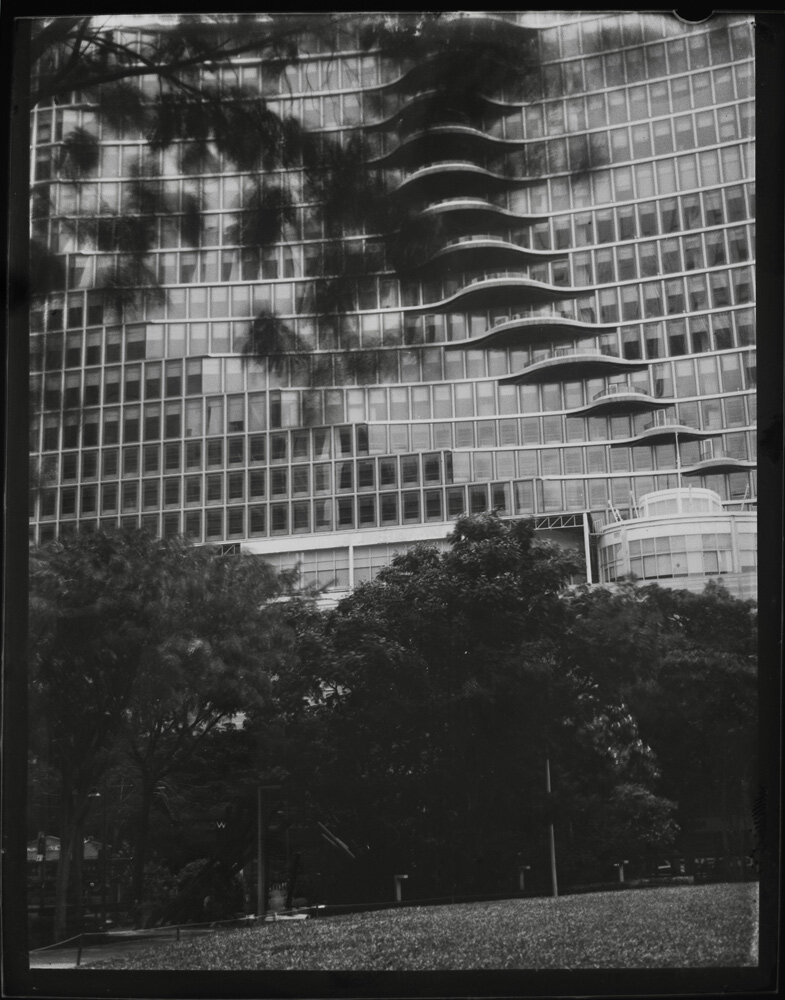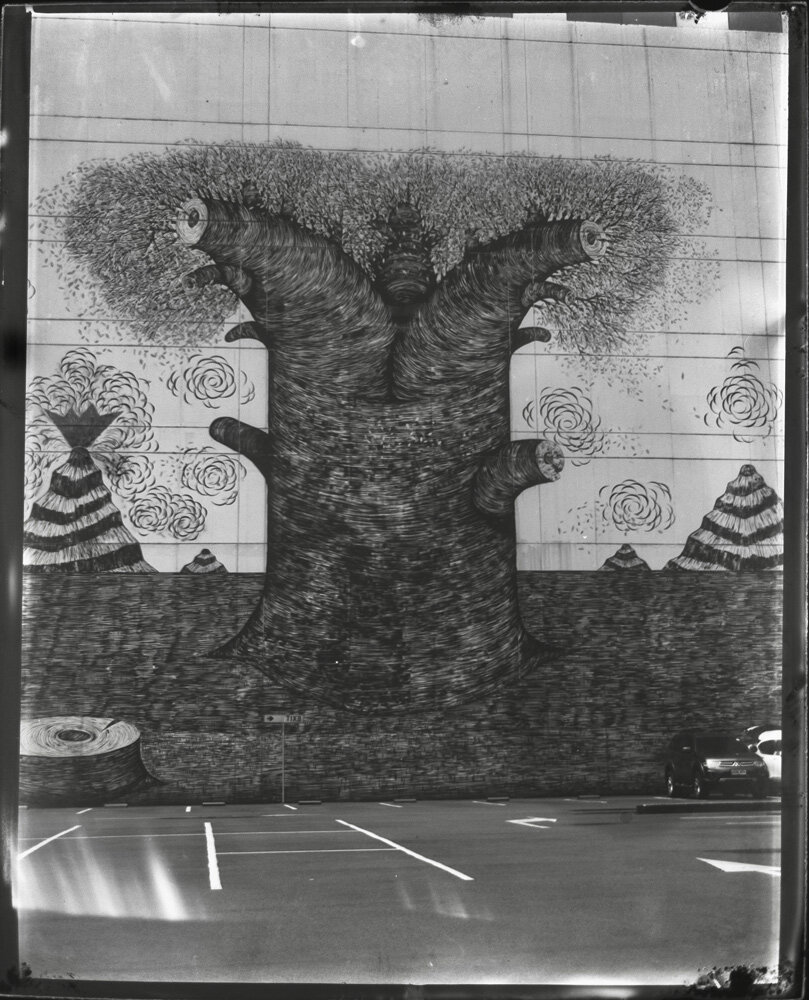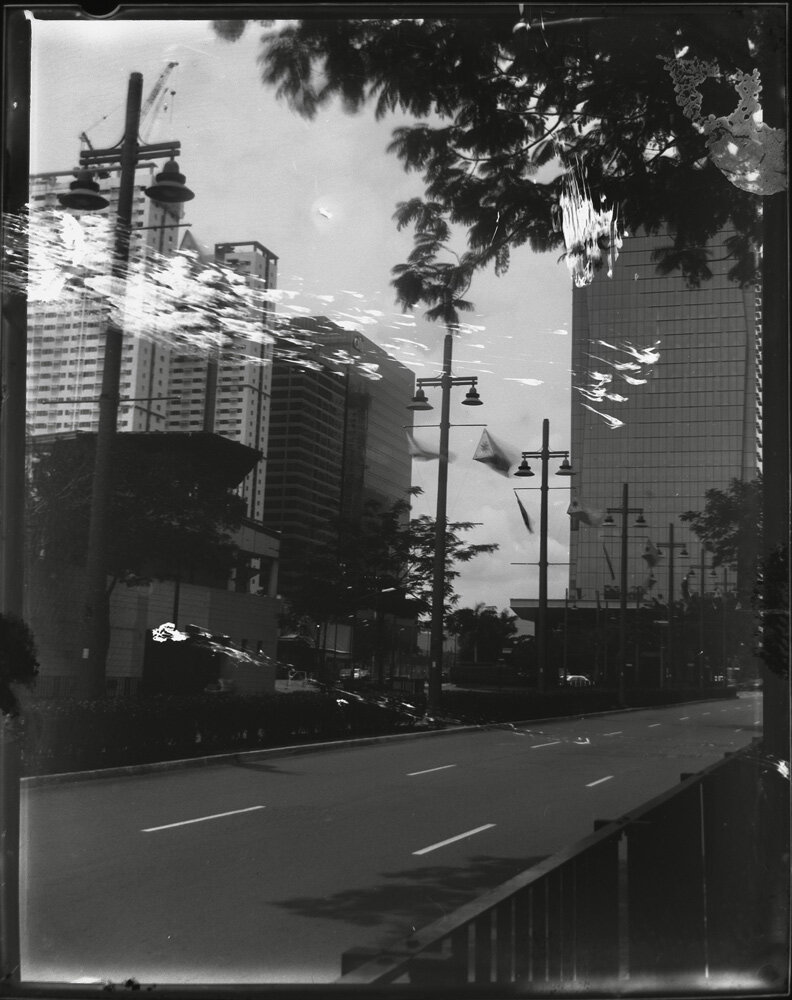Dry plate photography
In the era of relentless click-and-publishing on social media, we witness a resurgence of ancient photographic techniques in times of mega sensors.
Many alternative processes are rediscovered and are available to those who want to learn them. Images are one of the most popular and direct forms of communication when a decreasing attention span leaves reading a daunting task for many. Creating images that can be simplified with tactile, artisanal, alchemic qualities like the silver process heritage is very rewarding.
That is why I opt for an ancient camera versus the latest digital device. There are other factors like the creative process, which continues in the darkroom. It is a complex voyage towards the ultimate outcome - a print of the photographer's vision.
There is a recent re-introduction of a long-gone photographic medium: dry glass plates. They were initially invented by Dr. Richard L. Maddox in 1871. Against wet plate collodion, dry glass plates could be easily transported, and the photos can be developed later. In addition, dry plates are portable, which is a significant advantage over tintypes.
The man that made dry plate photography possible again is Mr. Jason Lane, a brilliant optical engineer based in New Hampshire. He has a deep love and understanding of photographic media and techniques from a bygone era.
As well more information here and at pictoriographica.




